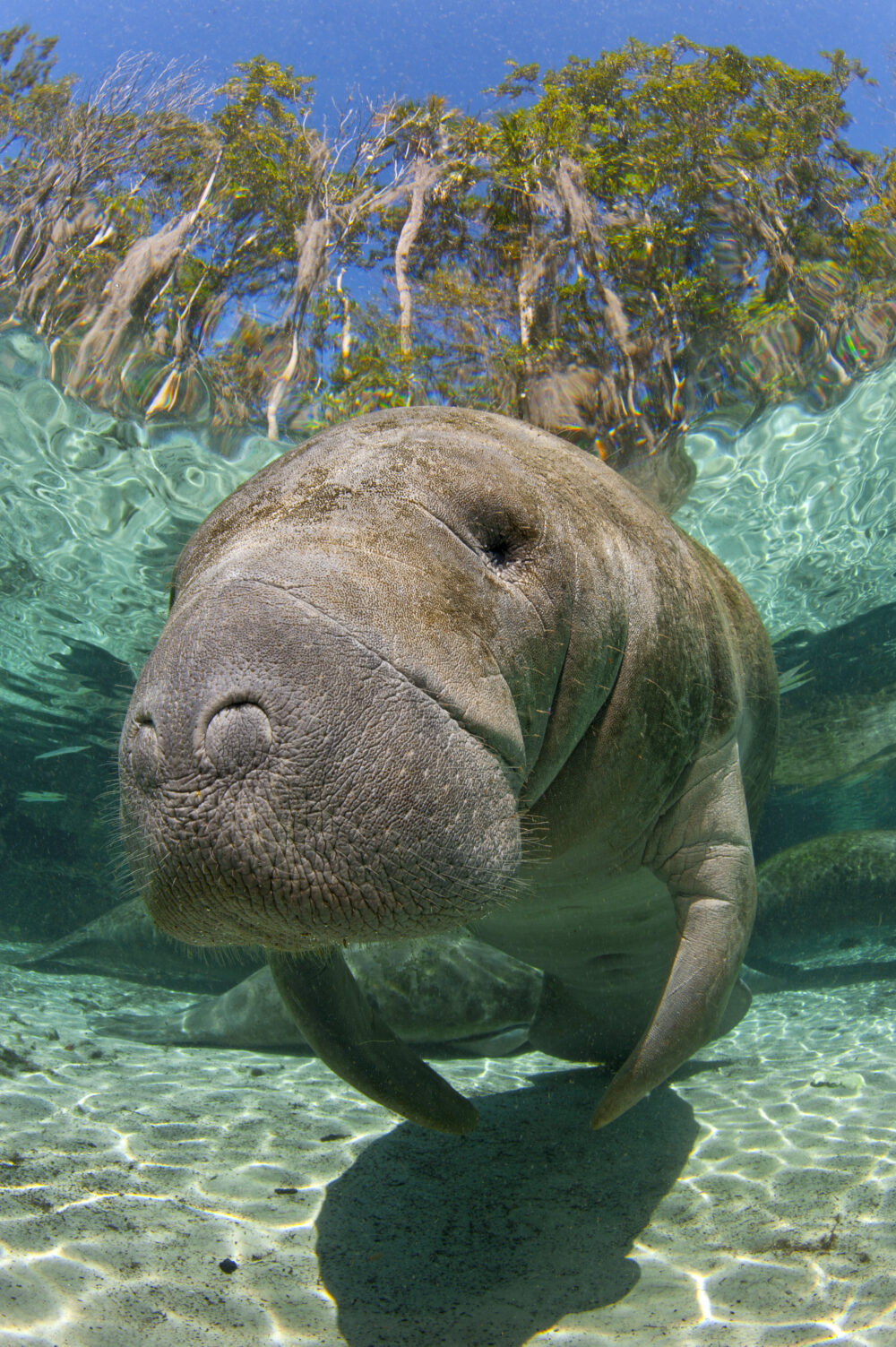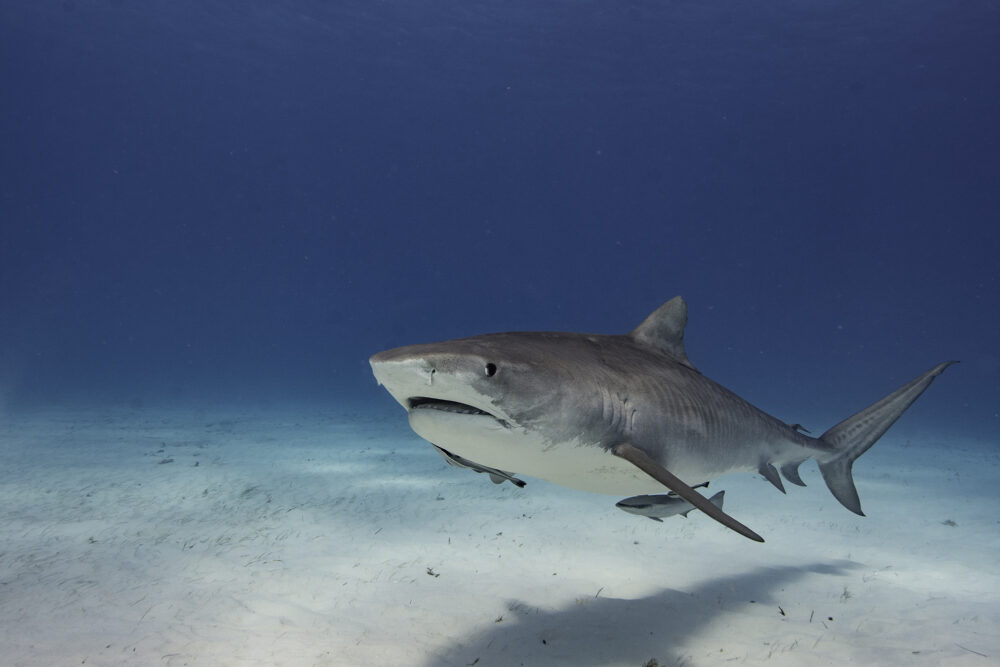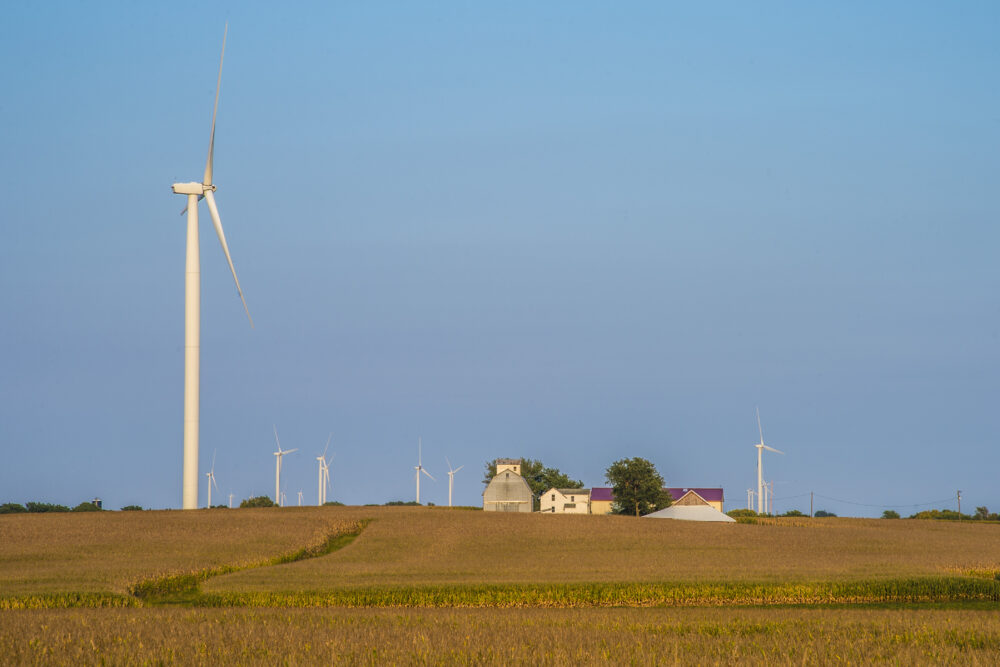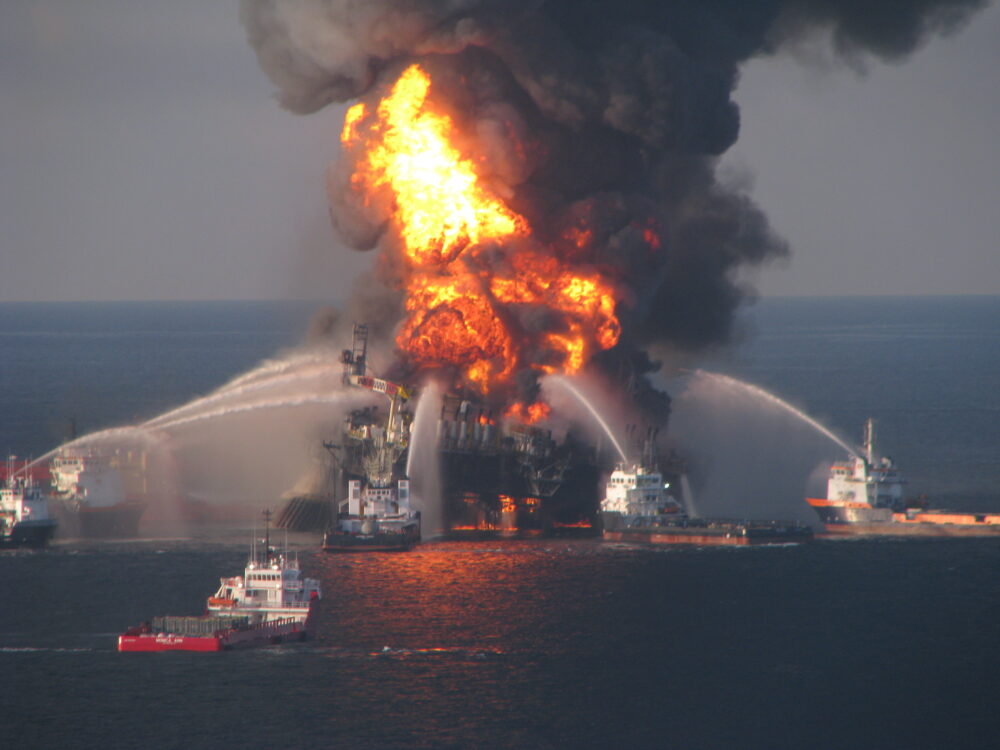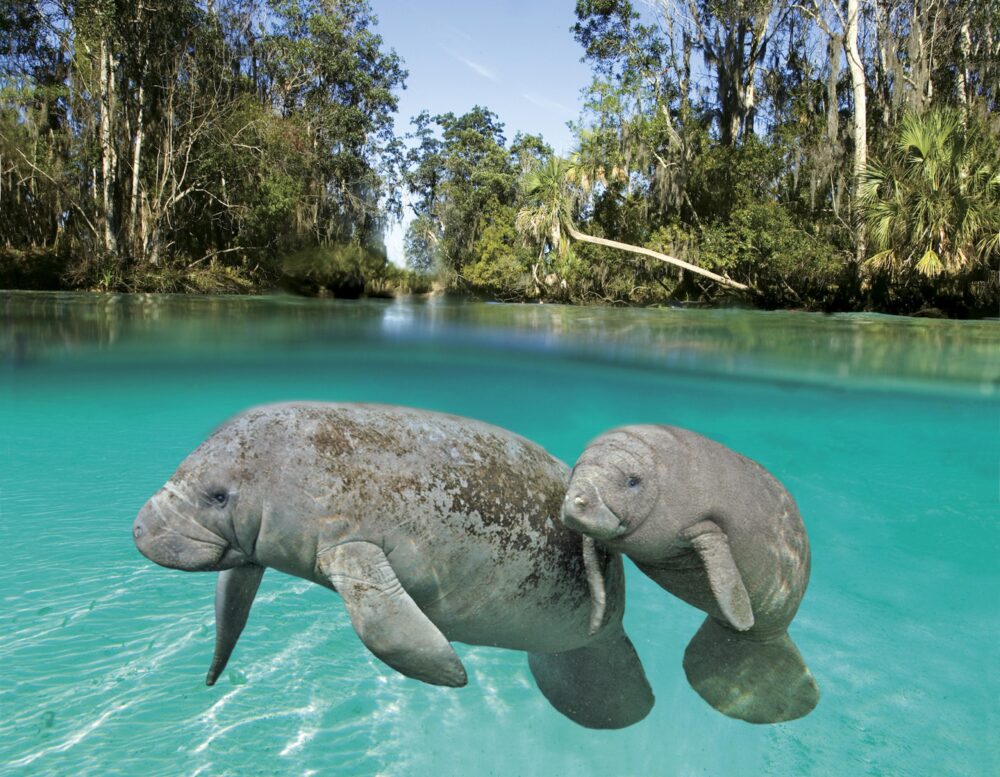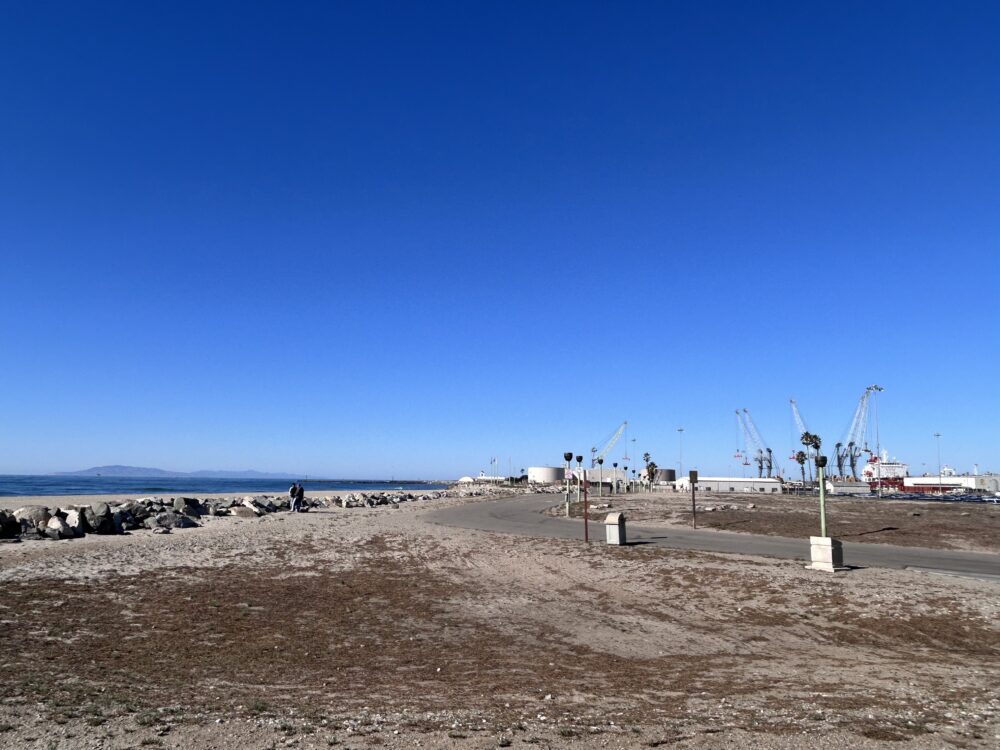We have much more to do and your continued support is needed now more than ever.
One Year after Hurricane Sandy, Clean Energy Leaders Plan Big Solutions for the Year Ahead
You know that feeling – equal parts daunting and exhilarating – that you get when you see or meet the champions of your cause, the experts of your favorite field? Just returning from a two day dose of that feeling, I think I’ll be riding this inspiration for quite some time. Every year, the rock stars, the leaders, the pioneers of the American offshore wind power initiative gather in one place for two full days of reflecting, celebrating, brainstorming, and goal setting. This year, the American Wind Energy Association’s Offshore WINDPOWER Conference and Exposition descended on Providence, Rhode Island and set sights high for the year ahead.
Tuesday’s opening session consisted of remarks from Interior Secretary Sally Jewell, who met a crowd appreciative of how she has honored the groundwork Secretary Salazar laid before her, continuing to make the Interior Department one of strong leadership for offshore wind power. She was joined by Rhode Island Governor Lincoln Chafee and Senator Sheldon Whitehouse, Massachusetts Secretary of Energy and Environmental Affairs Richard Sullivan, and those at the helms of two projects – one in each state – both vying to be the nation’s first. The speakers patted backs, prodded at competition, and most importantly, raised the bar.
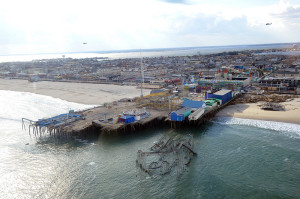
A Lingering Reminder of Urgency
Our reliance on dirty energy is dangerous, for our environment, our public health, for wildlife, and for future generations. It is also horribly expensive. Hurricane Sandy inflicted $70 billion of damages – not to mention the economic activity lost while communities recovered. NWF Senior Manager Catherine Bowes presented on a panel Tuesday afternoon, titled “The Business Case for Offshore Wind: Demonstrating the Net Benefits.” She and her co-panelists highlighted that by quantifying the true economic benefits of offshore wind development – the long-term job creation, the displacement of the costly damages of traditional energy sources, that offshore wind power is strongest when we need it most, and that it reduces the high price of congestion – the numbers fall in favor of the wind.
Despite the excitement surrounding the year’s accomplishments, the rounds of applause, the shared gratitude for twelve months of hard work across industry, advocacy, and public sectors, the big questions remain unanswered: Who will install the first project and where will it happen? The events and discussions that followed the opening panel all carried the same determination to answer these questions and to accelerate past them, ensuring that no matter which U.S. offshore wind farm is first, it is the first of many.
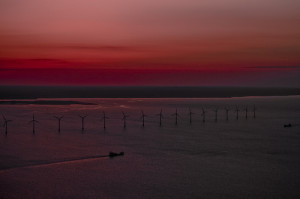
We have a lot to accomplish this year. Let’s outdo ourselves.
![]() Urge your leaders on Capitol Hill to accept their piece of making offshore wind power an American reality, and pass the Incentivizing Offshore Wind Power Act before the end of this year!
Urge your leaders on Capitol Hill to accept their piece of making offshore wind power an American reality, and pass the Incentivizing Offshore Wind Power Act before the end of this year!





